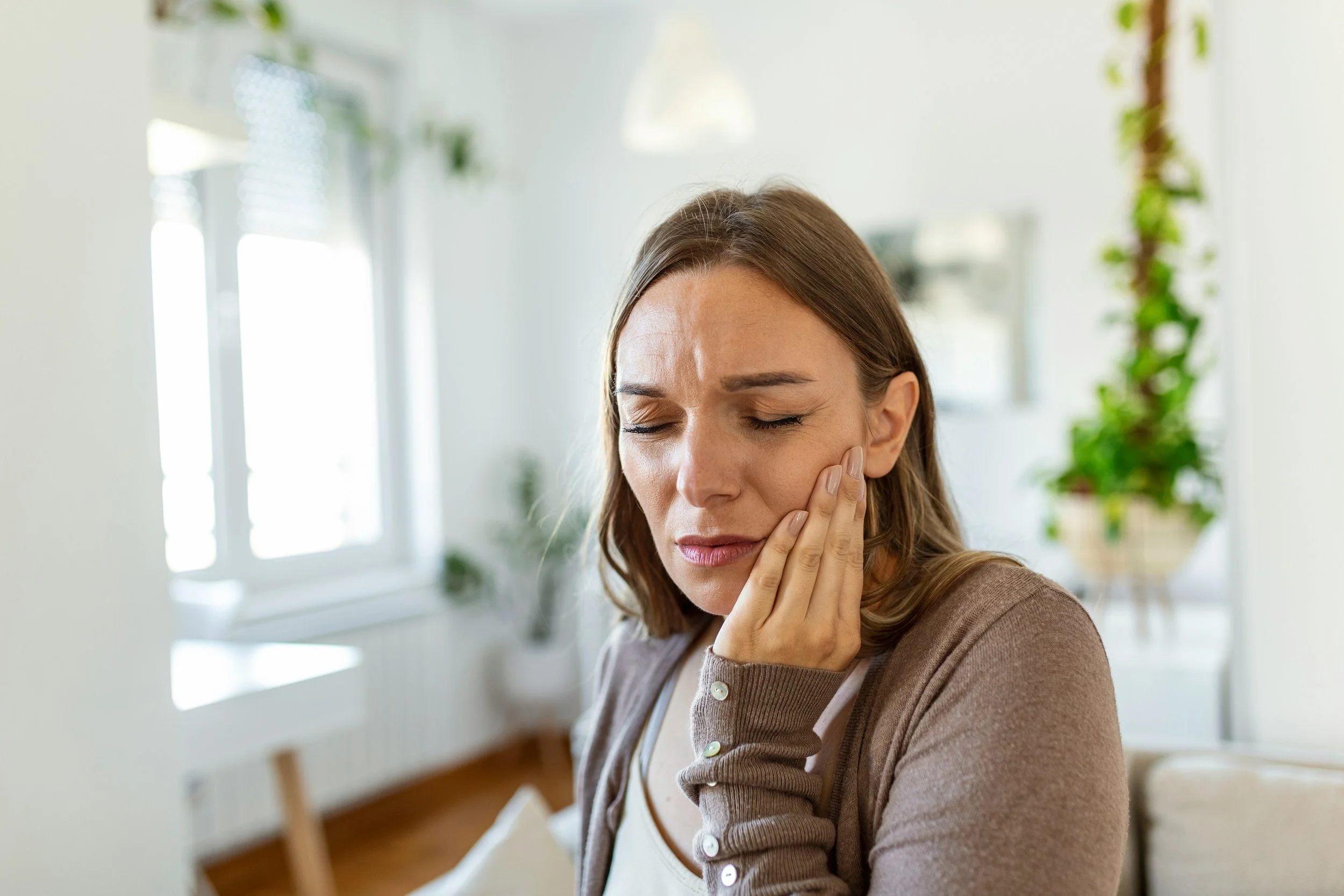
Insights
Pathways to Pain Relief: Insights and Resources for Your Journey
The Jaw–Pelvic Floor Connection: How Releasing One Area Can Transform the Other
We don’t usually think about our jaw when we have pelvic floor symptoms, or vice versa, but they’re more closely linked than you might imagine. Through fascia, muscles, nerves, reflexes, and even shared developmental origins, tension in one area can ripple through the other.
Research and clinical experience have shown just how powerful this connection can be, and why releasing tension in the jaw can improve pelvic floor tone and function, and the other way around.
Bladder Inflammation, Vulvodynia, and the Power of Gentle Healing
The body has an incredible ability to heal, especially when we create the right environment.
Pain is not a sign of weakness — it’s a sign that the nervous system needs reassurance, safety, and time.
You don’t have to push through pain.
You don’t have to fight your body.
You can work with it, gently, compassionately, and patiently.
Even a few minutes a day of calming practices can begin to shift the cycle — from pain and guarding, toward softness and healing.
✨ The Truth About Creams, Wands, and Magnetic Chairs: Why They’re Not the Long-Term Fix for Your Pelvic Floor
If you’re experiencing pelvic floor dysfunction, you’ve probably come across a long list of “solutions” that promise fast results.
💊 Creams.
🔮 Wands.
🪑 Magnetic chairs.
🧴 Gels.
And I get it—when you're leaking, prolapsing, dealing with vaginismus, or feeling like your insides are falling out, you want a fix. Yesterday.
We all wish there was a silver bullet—a magic click of the heels that could just make it all go away.
Pelvic Floor Muscles, Organs, and the Impact of Scar Tissue in Female Pelvic Health
The pelvic floor is a complex web of muscles, fascia, and connective tissue that provides essential support for the bladder, uterus, and rectum. These muscles work in harmony to maintain continence, stabilise posture, facilitate childbirth, and contribute to sexual function.
The pelvic floor is made up of several layers, with key muscles including:
Levator Ani Group (Pubococcygeus, Puborectalis, Iliococcygeus) – The primary support system for pelvic organs.
Coccygeus Muscle – Aids in stabilising the sacrum and tailbone.
Perineal Muscles – Including the deep and superficial transverse perineal muscles, bulbospongiosus, and ischiocavernosus, which support vaginal and urethral function.
When functioning optimally, the pelvic floor maintains organ position, controls pressure distribution within the core, and prevents prolapse and incontinence. However, when scar tissue forms within this region, complications can arise that significantly impact quality of life.
Understanding Gynecological Health: Awareness, Holistic Approaches, and the Role of Hypopressives
Gynecological issues are far more common than many people realise, yet they are often shrouded in silence. Conditions such as uterine fibroids, ovarian cysts, endometriosis, polycystic ovarian syndrome (PCOS), pelvic organ prolapse (POP), and abnormal uterine bleeding (AUB) affect millions of women worldwide, impacting their daily lives, fertility, and overall well-being. The more we talk about these issues and share knowledge, the better equipped we are to take control of our health. This blog will explore each condition, highlighting symptoms to watch for, holistic strategies for management, and how Hypopressives can play a crucial role in supporting pelvic and abdominal health.
Piriformis Syndrome: Causes, Sciatic Pain, and Holistic Movement for Relief
Piriformis syndrome is often misunderstood as just a "tight muscle" problem, but in reality, it can disrupt nerve function, alter fascia dynamics, and contribute to chronic pain that extends beyond the glutes. If you’ve ever felt sciatic pain that worsens in certain positions—particularly lying on your front—or experienced an unexplained burning sensation in your buttocks, legs, or even vulva, this might be the missing piece of the puzzle.
This post will explore why piriformis syndrome happens, how it affects the body (including its impact on fascia), why it can make lying on your stomach unbearable, and why traditional methods like the McKenzie approach may not be effective. We'll also dive into exercise modalities that actually work—including Hypopressives, a technique that promotes whole-body engagement to alleviate sciatic pain.
The Sciatic Nerve: Its Pathway, Compression Points, and Holistic Approaches to Relief
The sciatic nerve is the longest and thickest nerve in your body, playing a vital role in lower limb function and mobility. Originating from the lumbar and sacral plexus, it travels down the spine, through the pelvis, and into the legs, branching off to deliver motor and sensory signals. But due to its long journey, it's prone to compression and irritation, which can cause pain, numbness, and dysfunction. In this post, we’ll explore its pathway, common compression points, how hysterectomies and sacral damage can impact it, and most importantly, how you can take charge of your recovery with Hypopressives, breathwork, foot mechanics, and release techniques.
Understanding Anal Prolapse: Causes, Solutions, and How Hypopressives Can Help
Anal prolapse, or rectal prolapse, can be a distressing and often misunderstood condition. It occurs when the rectum—the final section of the large intestine—protrudes through the anus. This can range from a partial prolapse, where only part of the rectum is involved, to a full external prolapse that’s visible outside the body. While it’s often associated with aging, this condition can affect anyone, and understanding its causes and possible solutions can be an empowering first step toward healing.








